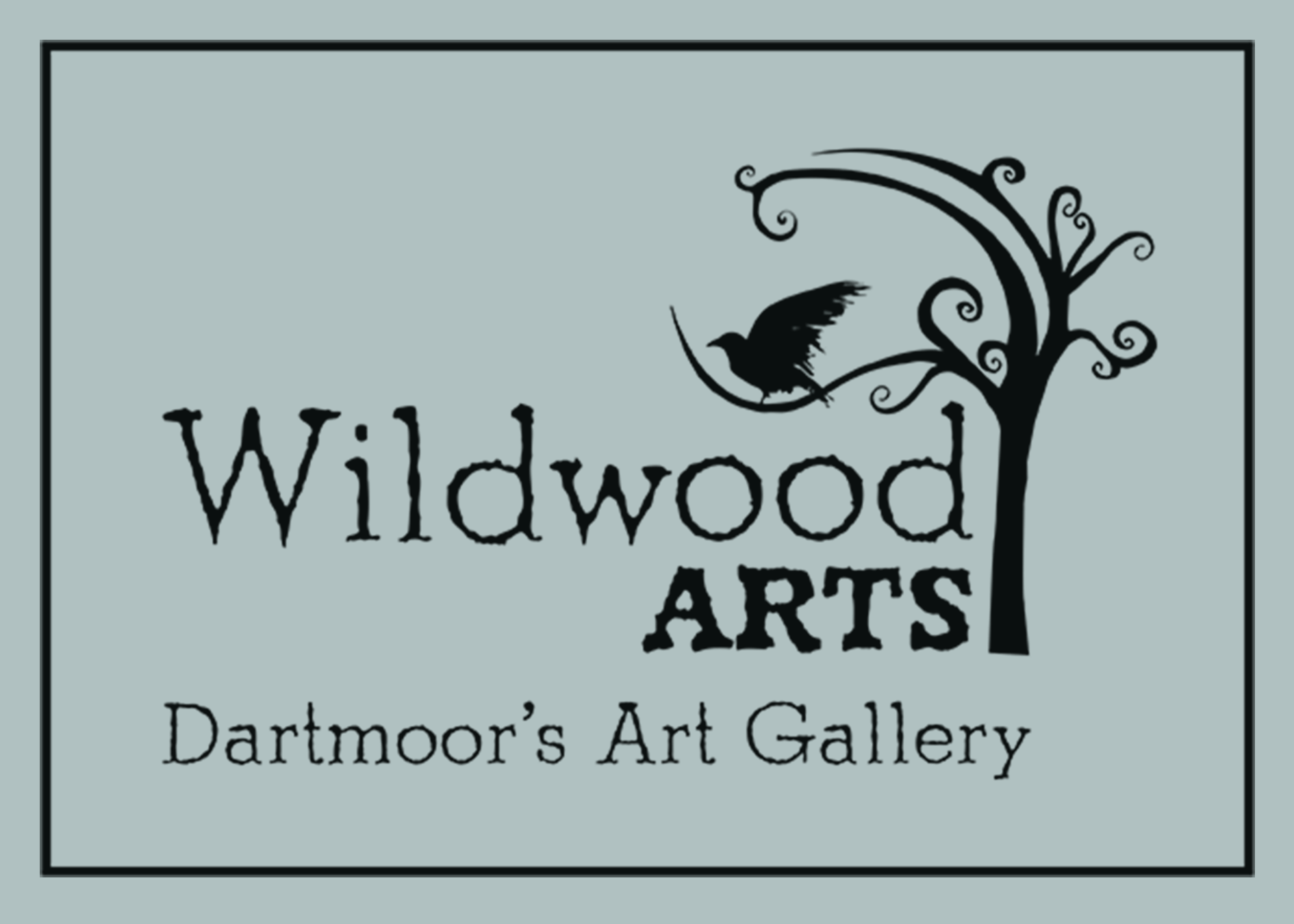The Second World War and the pandemic have a number of things in common. Apart from death and tragedy they audited the country. Pictures of liberated German concentration camps and the advent of nuclear weapons challenged accepted norms. Too often the decade after the war have been characterised by austerity and anxiety. Thankfully these labels did not apply to British art. Geopolitically the war affirmed that Britain was part of Europe, but not in it. The European artist influences of Picasso (who had spent the war living in German occupied Paris) and Matisse underlined this verity, and they were to have a bedazzling affect on a generation of young British artists.
In the winter of 1945-46 the Victoria and Albert Museum held an exhibition that highlighted these two artists. It was a catalyst for three profound changes .First it put an end to the inward melancholy and nostalgia that had characterised neo- romanticism in British Art up 1939. Secondly, there emerged a new formal and decorative strength to British art. Thirdly, there was an interest in workaday subjects. Taken together they represented a new realism which produced innovative figurative styles. Running parallel to these changes was the influence of American Abstract Expressionism.
The impact of the war and its aftermath provides the context to understand the how these artists were encapsulated in their generation .Three of the four saw military service. Allin Braund served in the Royal Marines in the Second World War, and saw active service in North Africa and Crete. Both Richard Slater and Arthur Homeshaw did National Service. After the war Braund taught at the famous Hornsby College of Art in London. Slater was a graduate of Hornsey. Waugh was admitted to the Royal College of Art in 1950 as a full time student. Homeshaw went to the Royal West of England Academy. They all either taught or were trained in the premier league institutions of British art education.
In terms of the art that they produced the most common thread is they pursued a dialogue between abstraction and landscape or nature. This was done through an impressive variety of mediums. Braund’s signature medium was the lithograph. He was chosen to represent the United Kingdom in the 1954 Venice Biennale. Braund was in good artistic company. Lucian Freud, Francis Bacon and Henry Moore were his fellow exhibitors. He was equally adept at watercolours and acrylic as this exhibition shows. He was also a qualified silversmith.
This exhibition will showcase newly discovered paintings by Allin Braund. Since his passing in 2004, over 60 of his paintings were hidden away in a Northumbrian barn, belonging to his family. Wildwood Arts have exclusivity for all this work and a selection will be exhibited in this summer exhibition. Others will follow but they are currently being cleaned and framed.
Braund, (1915–2004) was an artist of exceptional talent. His influence on post 1945 art in Britain was profound, yet largely unacknowledged. He was able to work with equal merit in the mediums of oil, watercolour, lithography and stained glass. Braund was born in Devon and educated at Hornsey College of Art. Like many of his generation, he saw active service in the Second World War. He joined the Royal Marines and participated in operations in North Africa, Crete and the Indian Ocean.
Homeshaw’s two mediums were linocuts and pastels. With this artist you can see the influence of abstraction and the new formal strength. His work consists of the striking use of tonal contrasts and complex patterning .There were also bubbling textures redolent of Samuel Palmer(1805-1881). Homeshaw maintained close to the romantic English tradition of Paul Nash(1889-1946), and his style owes much to the wood engravings of Eric Ravilious (1903-1942).However, he boldly reinterpreted these traditions. Of the four artists in the show Slater is closest to the British neo –romantics .His watercolours and oils are infused with workaday scenes of the English village ,his ever present sun, abstracted landscapes and plants. He presents us with a strong well-crafted collection of work standing at the confluence of influences from Samuel Palmer to the radical changes of this post- 1945 period. Finally, Eric Waugh was equally adept with watercolours and acrylic. The use of colour has been bold and used to enhance the emotional and aesthetic impression of his work. Brush stokes were applied as angled rectangles. More subtly, there is often an alternative interpretation through a level of abstraction of the subject. It is these features that provide us with a depth and longevity in his work.
In summary these four trailblazing Westcountry artists do two things that all good art should do : they make us think and feel. This is a powerful bequest for the twenty first century, and it makes their work highly collectable.

